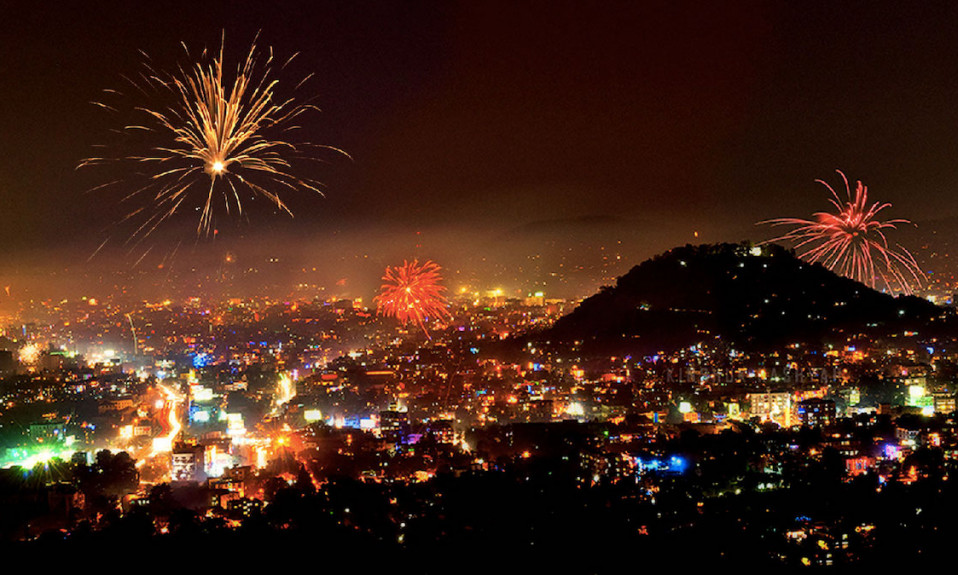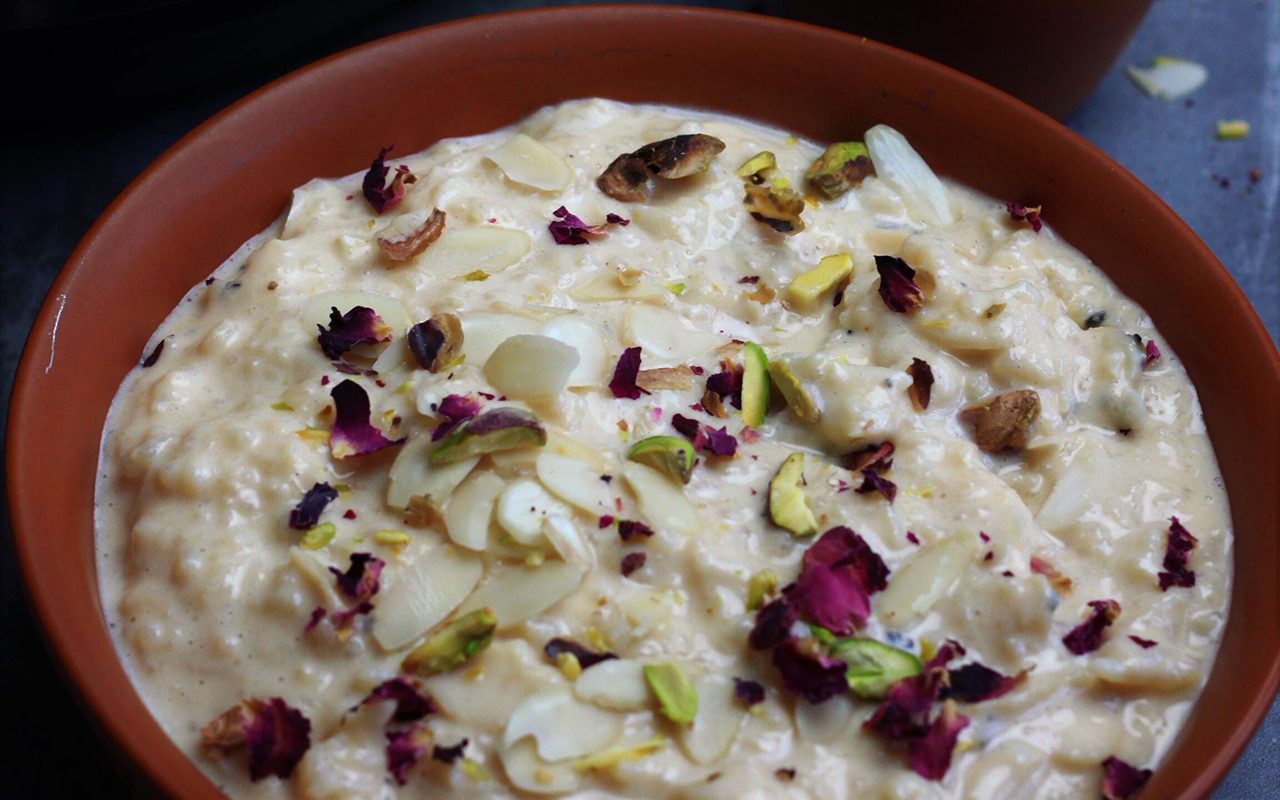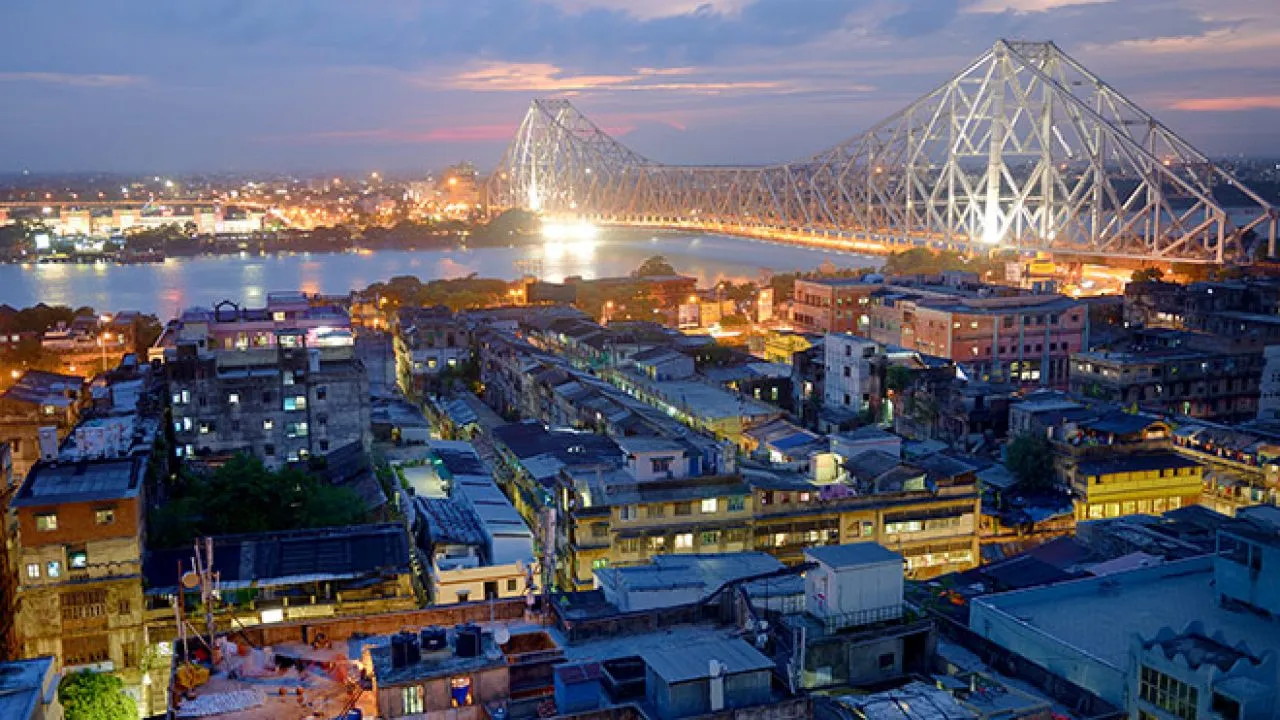This blogpost will mainly be focusing on Diwali with the food as a side thought. Diwali is next week and ICLC is hosting a celebration on November 6th. You can sign up to join in the hub at the stand near Panda Express.

Diwali, or Deepavali, a Sanskrit word meaning “rows of lighted lamps,” is a Hindu-originated festival celebrated in India and by the Indian diaspora. During the five-day celebration — also known as the “festival of lights” — clay lamps known as diyas are lit to signify the victory of good over evil. Over time, Diwali has become a national festival marked by most Indians regardless of faith, with Jains, Buddhists, and Sikhs also celebrating. Diwali also celebrates the goddess of wealth and prosperity, Lakshmi. Some believe it falls on her birthday and the day she married Lord Vishnu, the Hindu god of preservation.
Hindus interpret the Diwali story based on where they live. In northern India, they mark the story of King Rama’s return to Ayodhya after he defeated Ravana by lighting rows of clay lamps. In southern India, people celebrate it as the day Lord Krishna defeated the demon Narakasura. In western India, the festival marks the day Lord Vishnu, one of the main gods of the Hindu trinity, sent the demon King Bali to rule the nether world. Meanwhile, in Jainism it marks the nirvana or spiritual awakening of Lord Mahavira . And for Sikhs, it celebrates the day a major guru was freed from imprisonment. More of the differences can be found here.
The most prominent of these stories is the King Rama story. Diwali is the day Lord Rama, his wife Sita Devi, and brother Lakshmana return to their homeland after 14 years in exile. The villagers lit a path for Rama, who had defeated the demon king Ravana with diyas. The general theme behind the story is the same with the Lord Krishna story. More can be learned about Diwali here.

Diwali is a five day festival with the second day being the day of giving and sharing sweets. Many people visit friends and family on this day and take sweets with them as gifts. Some will send cards to loved ones who they cannot celebrate with in person and often attach a box of confectionery. Some of the most common sweets to be eaten during this time are many that I have already spoken about in previous blog posts. Hulwa, laddu, Gulab Jamun, Kaju Katli, are all sold and given throughout this festival. All the different foods and sweets that can be found throughout Diwali can be found here. All of those sweets can be eaten throughout the the year, but there is one sweet that is only eaten at this time of year, gughara/gujiya. But that will be the topic of next weeks blogpost.






